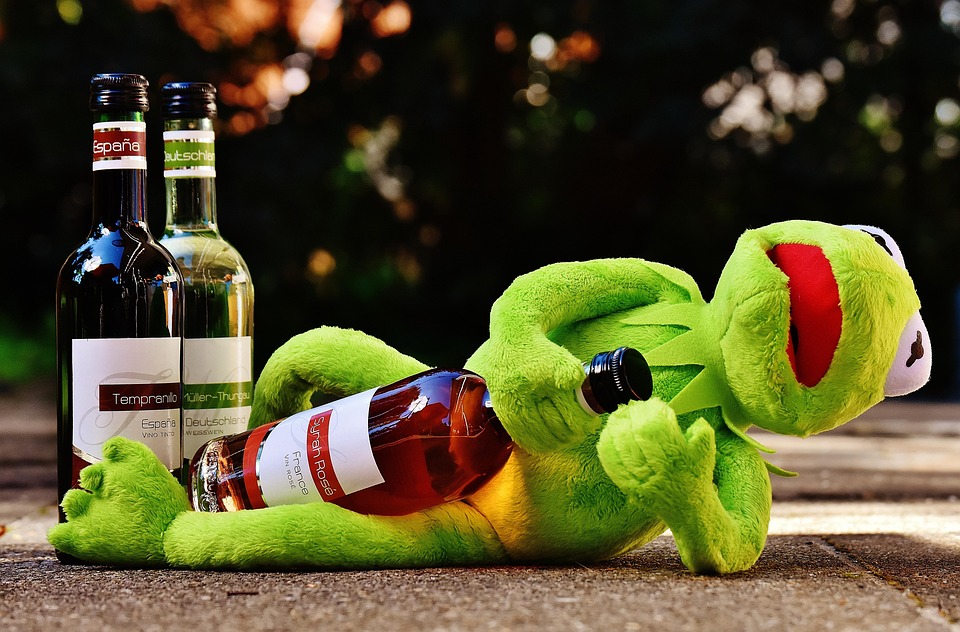The Influence of Bordeaux’s 1855 Classification on Luxury Wine Sales
Introduction
Bordeaux, France is renowned for its prestigious wines and rich winemaking history. The 1855 Bordeaux classification, established over 150 years ago, continues to shape the luxury wine market in significant ways. This classification, based on the quality and reputation of the châteaux in the region, has had a lasting impact on consumer perceptions, pricing, and sales of Bordeaux wines.
Historical Background
The 1855 Bordeaux classification was created for the Exposition Universelle de Paris, a world’s fair held in Paris, to showcase the best wines of Bordeaux. The classification ranked the top châteaux into five tiers based on their reputation and market prices at the time. The first growth or “Premier Cru” category included the most prestigious estates, such as Château Lafite Rothschild and Château Margaux, while the fifth growth category represented the more affordable options.
Influence on Consumer Perceptions
The 1855 classification has had a lasting impact on consumer perceptions of Bordeaux wines. The prestigious status of the first growth châteaux continues to command high prices and demand from collectors and connoisseurs worldwide. Consumers often associate the top-tier châteaux with quality, tradition, and exclusivity, leading to a premium placed on these wines in the market.
Impact on Pricing
The 1855 classification has also influenced pricing strategies within the Bordeaux wine market. First growth châteaux typically set the benchmark for pricing, with their wines commanding some of the highest prices in the industry. The classification has created a hierarchy that drives value perception and allows producers to justify premium pricing based on historical prestige and quality reputation.
Financial Data and Industry Insights
According to recent industry data, Bordeaux wines from the 1855 classification continue to be some of the most valuable and sought-after in the luxury wine market. Château Lafite Rothschild, a first growth estate, consistently ranks among the most expensive wines globally, with prices reaching thousands of dollars per bottle in auction markets. The financial success of these top-tier châteaux reflects the enduring influence of the 1855 classification on consumer preferences and market dynamics.
Trends and Future Outlook
Despite the traditional nature of the 1855 classification, the Bordeaux wine market is evolving to meet changing consumer preferences and market trends. Some producers are experimenting with new winemaking techniques, sustainable practices, and marketing strategies to appeal to a broader audience beyond the traditional luxury segment. However, the influence of the 1855 classification remains a defining factor in shaping the Bordeaux wine market and will likely continue to impact luxury wine sales for years to come.
In conclusion, the 1855 Bordeaux classification remains a cornerstone of the luxury wine market, influencing consumer perceptions, pricing strategies, and industry dynamics. The prestige and history associated with the top-tier châteaux continue to drive demand and value in the market, showcasing the enduring legacy of this historic classification in the world of fine wines.

